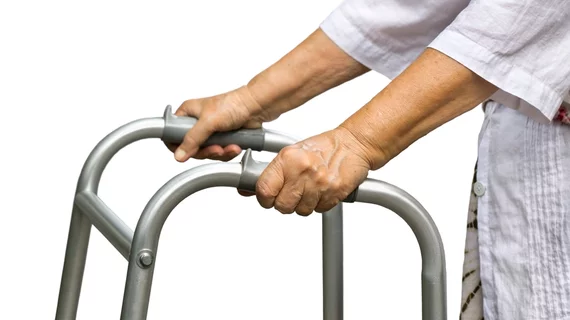Older women can reduce their risk of heart failure (HF) by limiting the amount of time they spend sitting or lying down, according to new findings published in Circulation: Heart Failure. This is even true for women who take part in regular physical activity.
Researchers tracked data from more than 81,000 postmenopausal women with an average age of 63 years. Each woman self-reported the amount of time they spent sitting, lying down or being active—excluding sleeping, of course.
Overall, over an average follow-up period of nine years, more than 1,400 women were hospitalized for HF. Women who spent less than 6.5 hours each day sitting or lying down—again, this does not include sleeping—had a significantly lower risk of such a hospitalization than women who spent more than 6.5 hours each day sitting or lying down. In fact, women who spent 6.6-9.5 hours per day sitting or lying down had a 15% higher risk of being hospitalized for HF—and women who spent more than 9.5 hours per day sitting or lying down had a 42% higher risk.
Women who spend less than 4.5 hours per day sitting down also have a lower risk of hospitalization for HF, the authors observed.
“These findings are consistent with other studies confirming that people with more daily sedentary time are more likely to develop chronic health conditions such as diabetes, high blood pressure, heart attack, stroke and premature death from heart disease and other causes,” lead author Michael J. LaMonte, PhD, of the School of Public Health and Health Professions at the University of Buffalo, said in a prepared statement.
One key aspect of this study, according to the authors, was that even older women who are incredibly active saw a lower risk of HF hospitalization as they spent less and less time sitting or lying down. There is always room for improvement, it seems.
“Our message is simple: sit less and move more,” LaMonte added. “Historically, we have emphasized promoting a physically active lifestyle for heart health—and we should continue to do so! However, our study clearly shows that we also need to increase efforts to reduce daily sedentary time and encourage adults to frequently interrupt their sedentary time. This does not necessarily require an extended bout of physical activity; it might simply be standing up for 5 minutes or standing and moving one’s feet in place.”
The full study is available here.

